“At WaterNSW, most of us are citizen scientists”
Science and engineering are at the heart of WaterNSW. As Australia celebrates Science Week 2024, we talk to some of the many scientists making a difference at WaterNSW.
“At WaterNSW, most of us are citizen scientists, whether we realise it or not,” WaterNSW Water Quality Scientist, Alec Davie, said.
“Many of our jobs see us following the scientific process – getting curious, collecting data, analysing the results and solving problems to ensure that we’re able to capture, store and deliver the state’s water.”
Alec is one of seven scientists in the team led by Lisa Hamilton, Strategic Research and Innovation Manager, charged with delivering WaterNSW’s Science Program.
“WaterNSW and its predecessor organisation have been doing science for over 25 years,” Lisa said.
“Our Science Program is how WaterNSW’s plans and delivers on our statutory requirement to undertake research on catchments generally, and in particular on the health of declared catchment areas that protect drinking water quality for the more than 5 million people of Greater Sydney.
“Over the next 12 months, we are also developing a new research strategy focused on catchment and river health priorities for our operations across NSW.
“Our science team has people with a wide range of scientific experience including hydrology, environmental chemistry, aquatic ecology and ecotoxicology.”
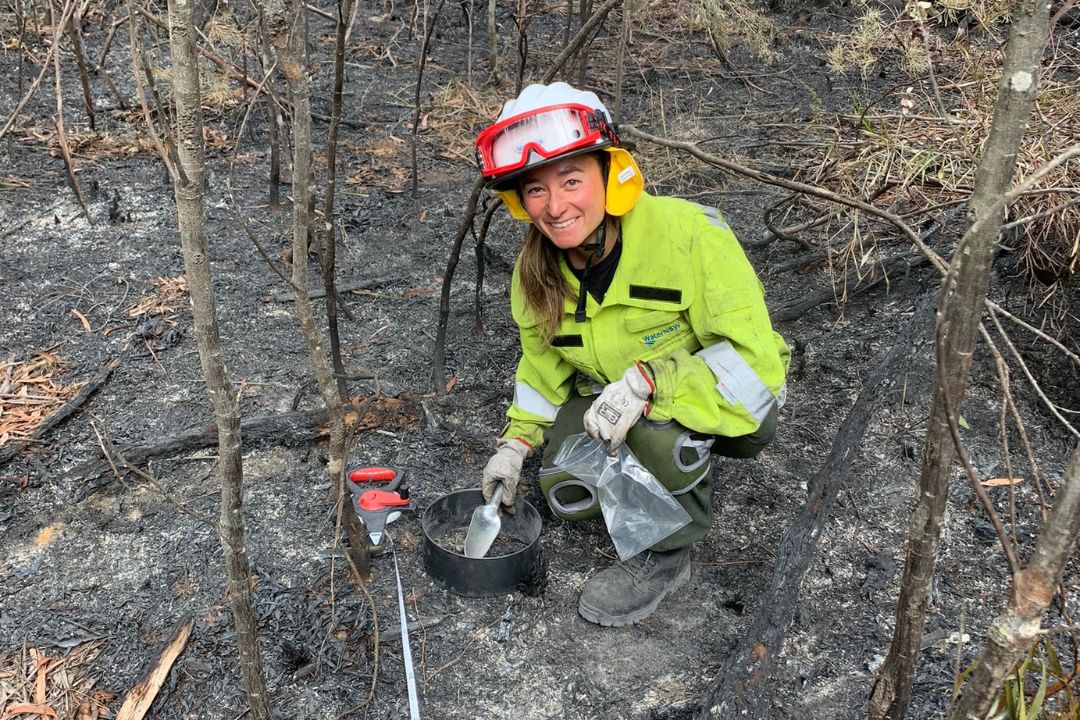
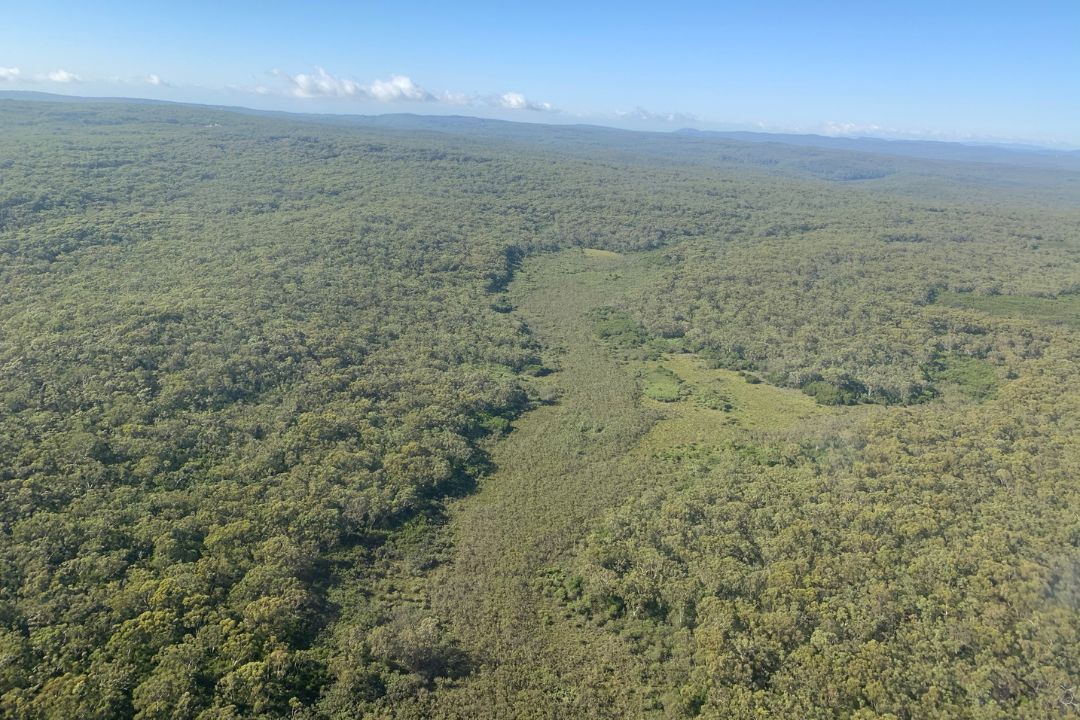
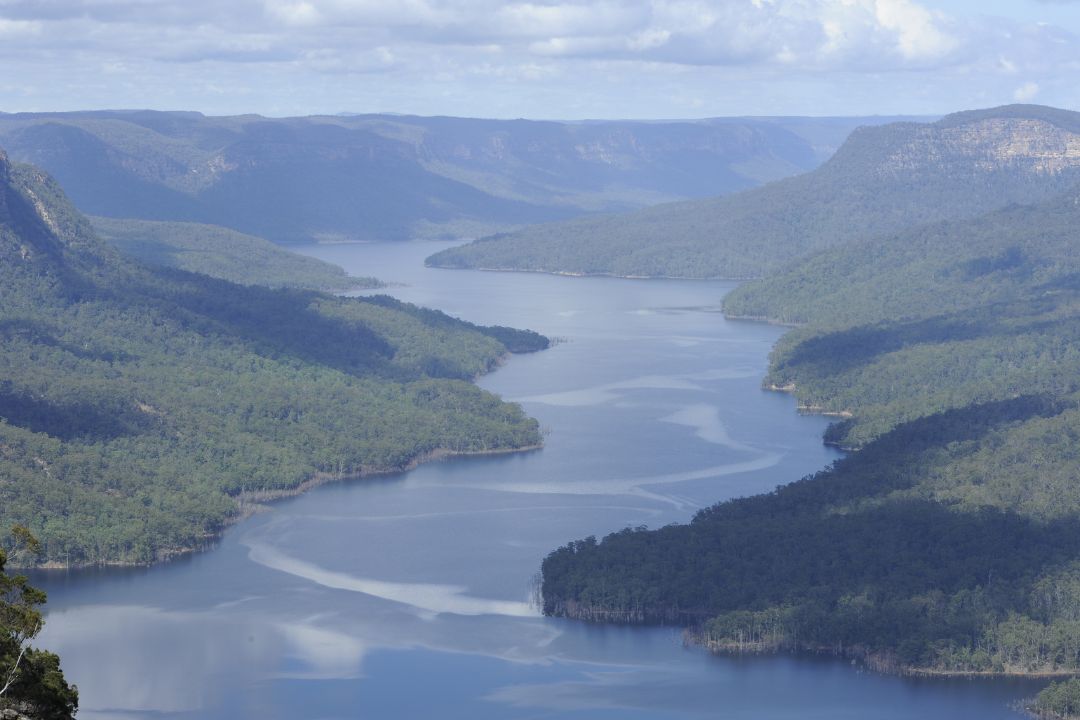
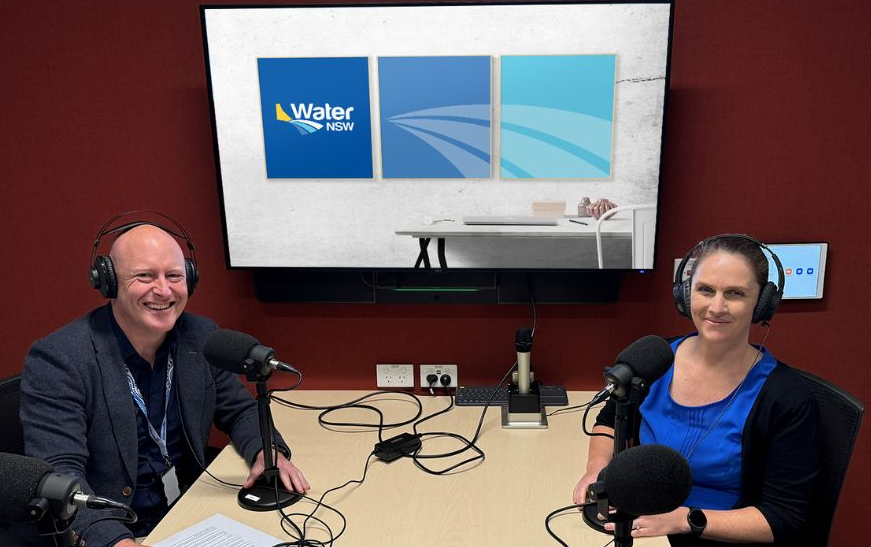
Camilla Edmunds, an Environmental Scientist, is our Manager Environment, Sustainability and Catchment Protection.
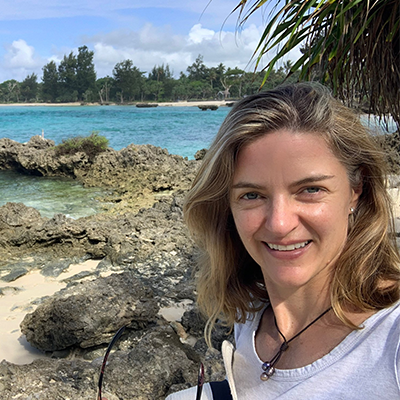 Camilla leads a diverse team that includes environmental and earth scientists, ecologists, biologists and many more.
Camilla leads a diverse team that includes environmental and earth scientists, ecologists, biologists and many more.
They work to go beyond just minimising harm to have a positive impact on the environment by protecting natural resources, improving water quality and availability, boosting biodiversity and reducing our carbon footprint by capturing and storing carbon.
Emily White is a Drinking Water Technical Advisor with expertise in microbiology and public health.
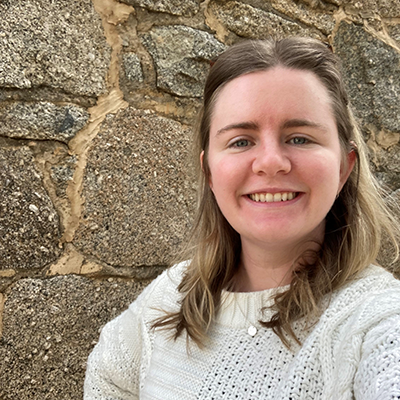 Emily focuses on making sure that our water is safe to drink. Water can travel long distances before it reaches the tap, with lots of opportunity to become contaminated along the way.
Emily focuses on making sure that our water is safe to drink. Water can travel long distances before it reaches the tap, with lots of opportunity to become contaminated along the way.
Emily is currently sharing her knowledge and expertise on how to combat risks with communities around NSW, helping to ensure that everyone can enjoy safe and secure drinking water, no matter where you live.
Alec Davie is a Water Quality Scientist, specialising in freshwater ecology.
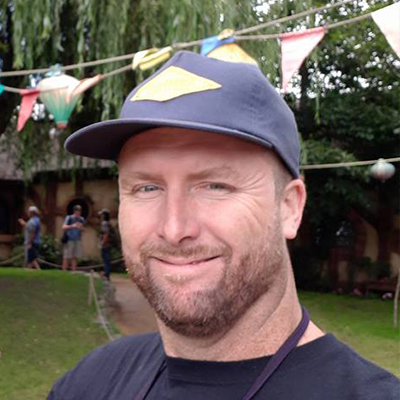 Alec and his team research how we can improve the quality and quantity of drinking water for Greater Sydney, but share their findings across the state, too.
Alec and his team research how we can improve the quality and quantity of drinking water for Greater Sydney, but share their findings across the state, too.
He’s currently investigating what chemicals are released by ash from fires, so that we can better manage the effects of rainfall washing ash into streams and lakes in the catchment.
Ann-Marie Rohlfs is our Water Science Lead.
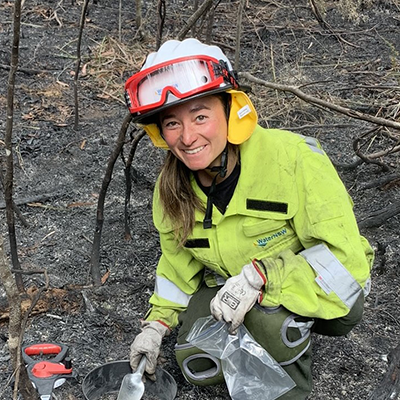 Ann-Marie works on projects that help us understand how river and lake ecosystems work and how to keep them healthy.
Ann-Marie works on projects that help us understand how river and lake ecosystems work and how to keep them healthy.
Ann-Marie and her team are currently working collaboratively with UTS on a project to understand what influences long-term algal dynamics in Prospect Reservoir, and whether aquatic plants in the lake can help protect against harmful algal blooms.
Alex Rubin is a Graduate Scientist.
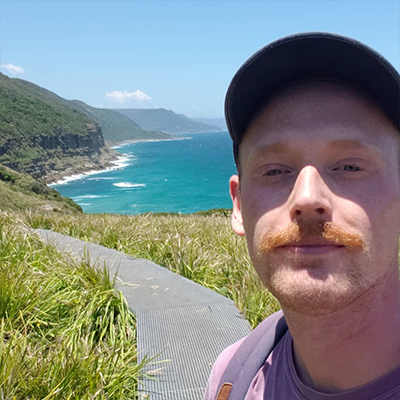 Alex is an animal physiologist and ecotoxicologist, which essentially means he’s interested in how living things respond to and cope with pollution. This means exploring how exposure to a chemical or a polluted environment changes an animal’s ability to do all the things it needs to do like move or grow or reproduce.
Alex is an animal physiologist and ecotoxicologist, which essentially means he’s interested in how living things respond to and cope with pollution. This means exploring how exposure to a chemical or a polluted environment changes an animal’s ability to do all the things it needs to do like move or grow or reproduce.
Along with Zhaozhi Zheng, another graduate scientist in our Strategic Research and Innovation team, Alex is currently working on a project characterising pesticide pollution in regional NSW.
Related links
Published date: 14 August 2024
WaterNSW acknowledges the traditional custodians of the lands and waters on which we work and pay our respects to all elders past, present and emerging. Learn more
